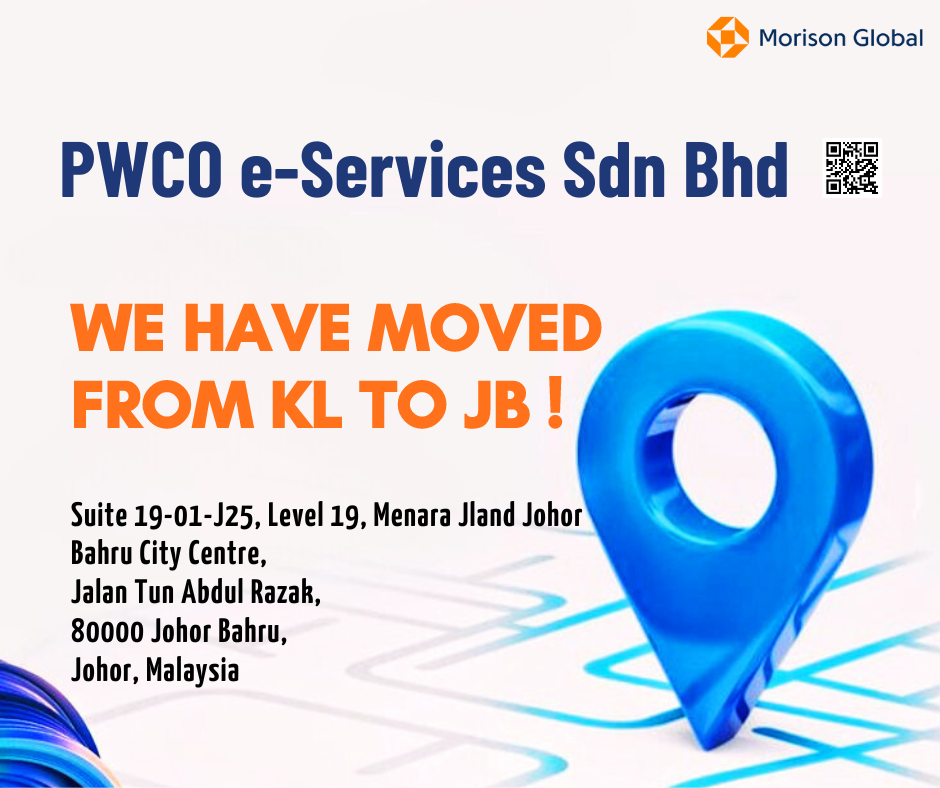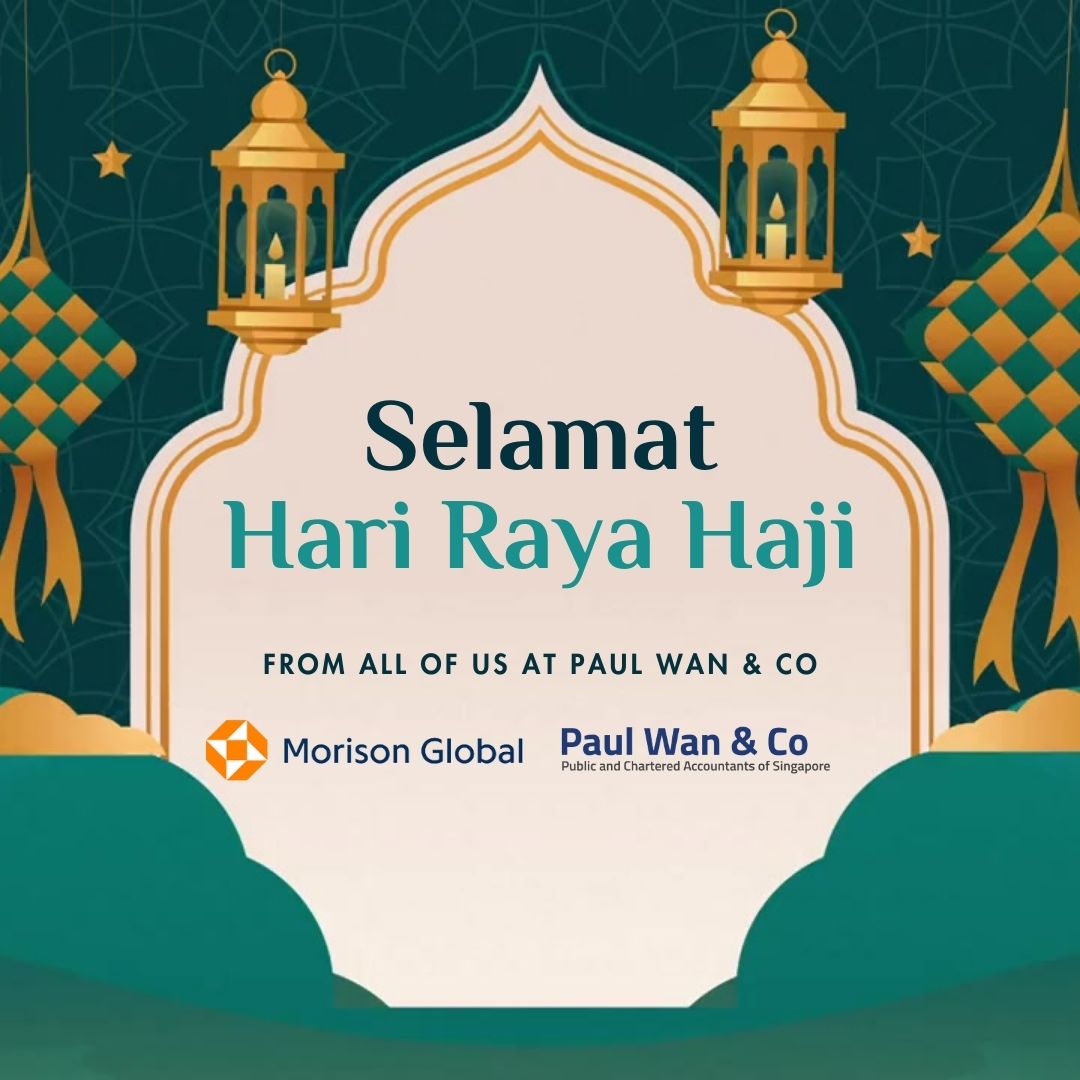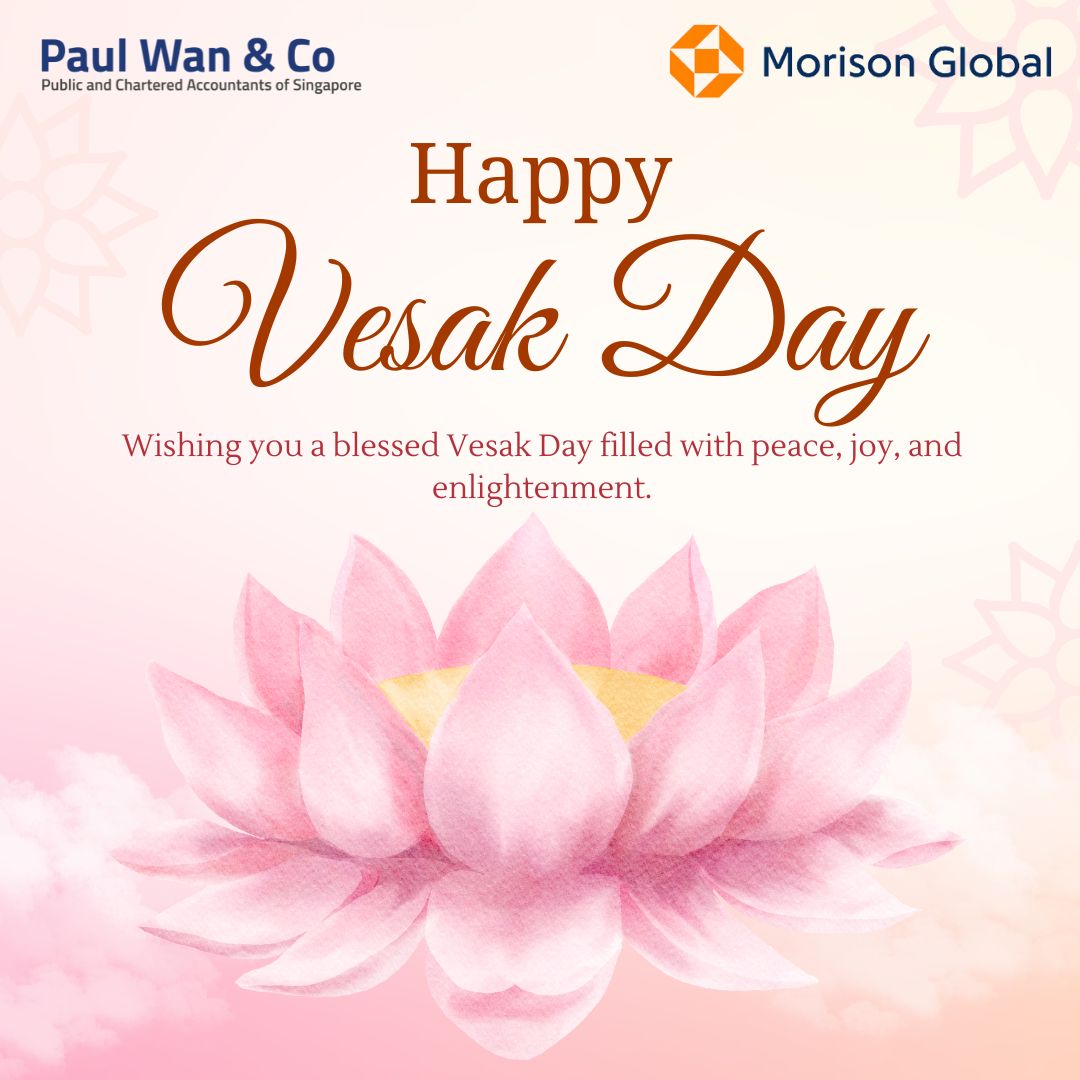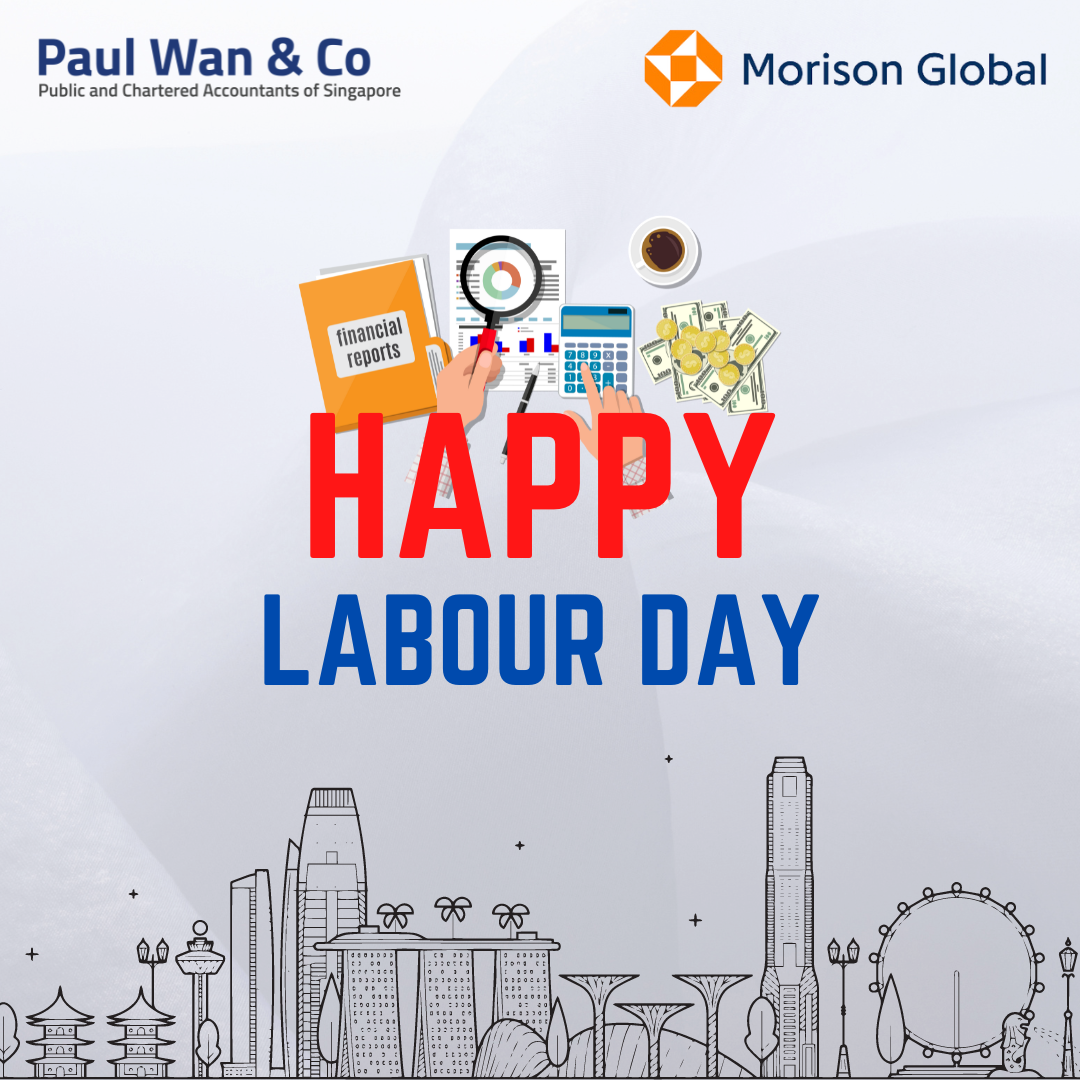Productivity and Innovation Credit (PIC) was introduced in the 2010 Singapore Budget and enhanced in the subsequent two years budgets. This scheme supports all businesses who invest in innovation and productivity. Businesses can enjoy huge tax savings in the form of Cash Payout and/or Tax Deduction on the following six qualifying productivity improvement activities made during the Years of Assessment (YA) 2011 to YA 2015.
1. Acquisition or leasing of PIC Automation equipment
Qualifying PIC Automation equipment refers to equipment that enhances the productivity of businesses by automating core work processes or reducing man-hours. list of qualifying equipment is available at IRAS website. However, if businesses invest in specialised equipment that are not available in the IRAS qualifying list but the equipment still serve to automate their processes and enhance productivity may obtain approved from IRAS on a case-by-case basis.
Any qualifying PIC Automation equipment acquired on hire purchase terms with repayment schedule straddling two or more basis periods will also be eligible for PIC claim.
If the qualifying automation equipment is disposed off or leased out within 1 year from date of purchase, the PIC Cash Payout /Tax deduction claimed will be claw-back unless IRAS is satisfied with the commercial reason(s) that led to the disposal.
2. Training of employees
Training costs incurred to upgrade the skills of their employee are eligible for PIC benefits. The training can be provided in the form of external service providers and by in-house trainers. Qualifying training costs includes:-
- Course fees;
- Rental of external training premises;
- Training materials and stationery used;
- Meals and refreshments provided during the training; and • Salary and other remuneration (excluding directors’ fees) paid to in-house trainers for conducting the training.
Accommodation, travelling and transport expenses and overheads incurred for attending the training are not eligible for PIC claim.
As for in-house training, the spending is capped at $10,000/- per Year of Assessment unless the course is:-
- Accredited by Singapore Workforce Development Agency (WDA) and conducted by WSQ in-house training provider;
- Approved by Institute of Technical education (ITe) under ITe approved Training Centre Scheme; or
- on-the-job training by an on-the-job training centre certified by ITe.
Informal sessions such as spontaneous consultation, day-to- day problem-solving or meetings and coaching/mentoring sessions between supervisors and subordinates are not eligible for PIC claim.
3. Acquisition of Intellectual Property Rights (IPRs)
The scope of IPRs under PIC covers patent, copyright, trademark, registered design, geographical indication, lay- out design of integrated circuits, trade secret or information with commercial value. The cost incurred to acquire IPRs for use in a trade or business (exclude eDB approved IPRs and IPRs relating to media and digital entertainment contents) is eligible for PIC claim subject to the normal expenditure cap of $400,000/- per Year of Assessment.
Businesses must own the IPR for at least five years from the date of acquisition of IPR to the date of disposal of IPR, otherwise the education/cash payout claimed will be clawed- back.
4. Registration of Patents, Trademarks, Designs and Plant Varieties
Costs incurred to register is eligible for PIC claim provided the Patents, Trademarks, Designs and Plant Varieties are owned by the claimant for at least one year from the date of filing of IPR to the date of disposal of the IPR.
Eligible costs incurred are:-
- official fees such as registration fee, filing, search and examination reports; and
- Professional fees such as preparation of specifications/documentations, agency fee to assist with the registration, advisory fee on validity or infringement rights and language translation charges.
5. Research and Development (R&D) Activities
Qualifying R&D activities includes both R&D activities conducted in Singapore and overseas. Staff costs and consumables incurred for qualifying R&D activities carried out in Singapore and overseas are eligible for PIC claim but it
does not include any expenditure to the extent it is subsidized by grants or subsidies from the government.
Businesses that contracts with R&D organisation to undertake on their behalf qualifying R&D activities will be eligible for PIC claim up to 60% of the fees payable to the R&D organisation.
6. Investment in Design Projects approved by DesignSingapore Council.
Businesses who are the beneficiaries of design activities may enjoy PIC deduction on qualifying expenditure incurred on design projects that are approved by DesignSingapore Council. This is not applicable to businesses who are design service providers.
Qualifying design activities include:-
- Design must relate to an industrial or product design, resulting in the final design of a physical product.
- Design activities must be primarily conducted in Singapore.
- Business must be engaged in a range of design activities as specified by DesignSingapore Council.
- Design project must lead to the creation of a registered design or patent and must be the sole owner. e) Project must be completed within 2 years.
Eligible costs are:-
- In-house design projects – 100% qualified design professional remuneration.
- Approved design service provider – 60% of the fees payable.
How your business can benefit from tax savings on this expenditure?
Any businesses that incurred any or all the above six qualifying expenditure may claim PIC benefits either under (A) or (B) below:-
A) 400% Tax Deduction/Allowances
For YA 2011 to YA 2015, all businesses can enjoy deduction/ allowances at 400% on up to $400,000/- of their expenditure (net of government grant or subsidy, if any) per year on each of the six qualifying activities. The claim must be made when submitting the annual tax return.
To maximize PIC benefits, the annual expenditure cap of $400,000/- for each activity are pooled to give a combined cap of $800,000/- for the period YA 2011 and YA 2012 and a combined cap of $1,200,000/- for the period YA 2013 to YA 2015.
B) Cash Payout option
To support small and growing businesses which may be cash- constrained, to innovate and improve productivity, businesses can exercise an option to convert their expenditure into a non-taxable cash payout. They can convert up to $100,000 (subject to a minimum of $400) of their total expenditure in all the six qualifying activities into cash payout.
This PIC cash payout option is available from YA 2011 to YA 2012 at a conversion rate of 30% and businesses can opt to convert up to a combined cap of $200,000/- qualifying expenditure for all six qualifying activities, into cash payout. For YA 2013 to YA 2015, businesses can receive cash payout up to $60,000 ($100,000 x 60%) each year. Application for cash payment may be made after the end of each quarter or combined consecutive quarters in the business financial year, but no later than the filing due date of each tax return assessment year.
To qualify for cash payout, businesses must have:-
- incurred qualifying expenditure and are entitled to PIC during the basis period for the qualifying YA;
- active business operations in Singapore; and
- at least three local employees (Singapore citizens or PRs with CPF contributions in the last month of its basis period for the qualifying YA excluding sole-proprietors, partners under contract for service and shareholders who are directors of the company).
Election to convert qualifying expenditure into cash once made, is irrevocable.
Tax Deferral option
The tax deferral option is available for tax payable for YsA 2011 to 2014 based on expenditure incurred in the corresponding financial years 2011 to 2014. It is to help businesses, especially SMes, with their cash flow and investments in productivity by deferring a dollar of current YA tax for every dollar of PIC qualifying expenditure incurred for current financial year, up to a cap of $100,000/-.
The tax will be deferred and is due for payment when the first assessment for the following YA is raised. This tax deferral allows businesses to enjoy their PIC benefits one year in advance.
Application may be made anytime after they have incurred qualifying expenditure but no later than the end of the current financial year-end.
If you require any assistance, please feel free to contact our tax personnel.
Related Posts
Our new location in Malaysia 🇲🇾
Happy to announce our new location in Malaysia starting from today!
Paul Wan & Co turned 38 years old!
We are proud that Paul Wan & Co Chartered Accountants Celebrated our 38th Anniversary…
Selamat Hari Raya Haji!
🌙✨ Selamat Hari Raya Haji! 🌙✨ May your day be filled with joy, peace,…
Happy Vesak Day!
Wishing you a peaceful and Happy Vesak Day! 🌸 May this day inspire us…








